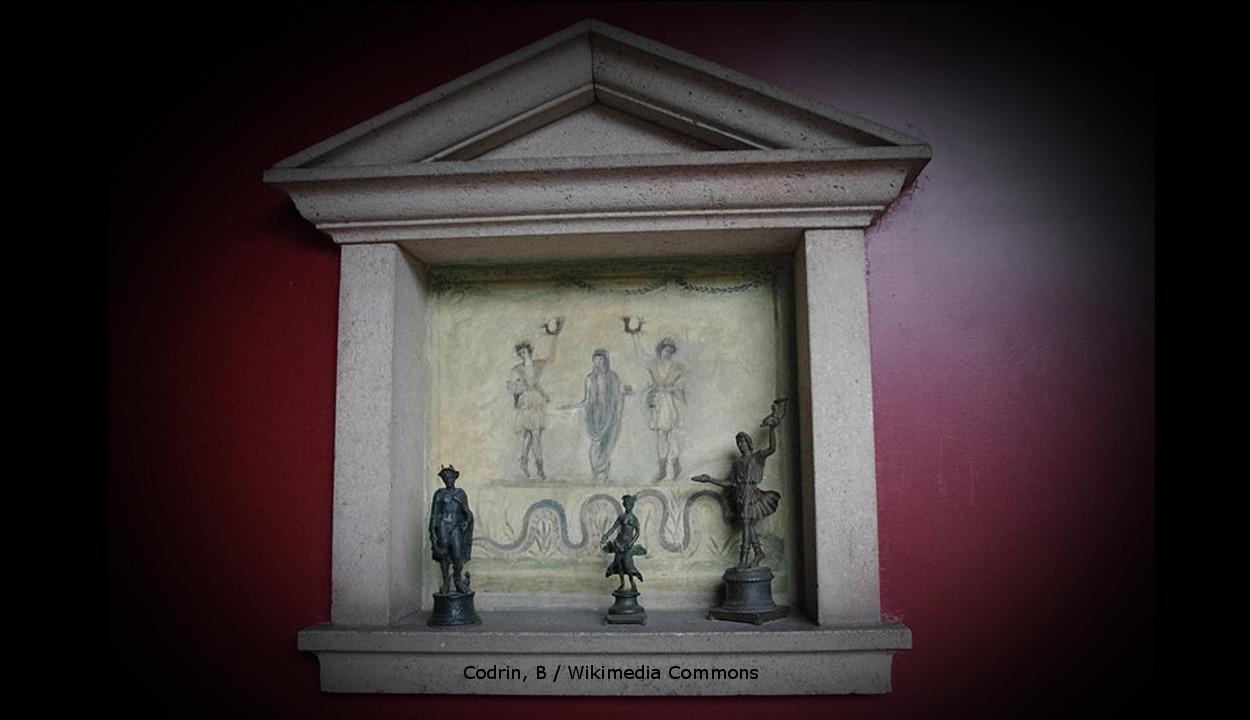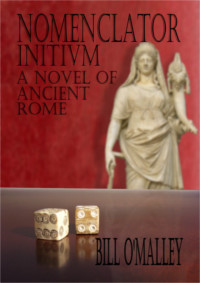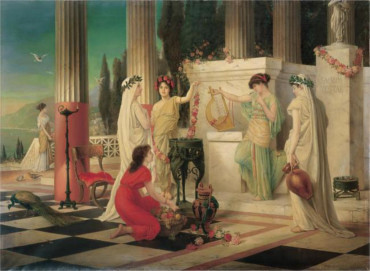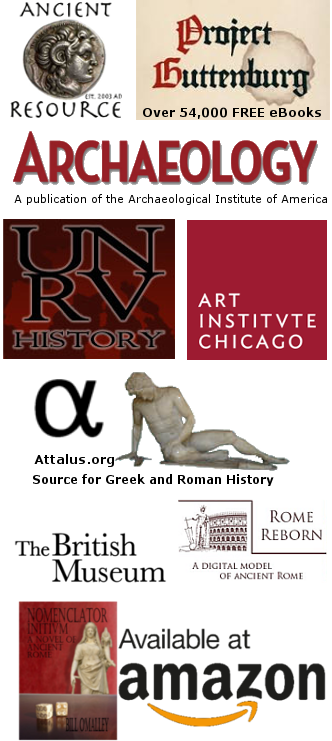


Ancient Roman Religion
Like most other aspects of Roman culture, its religion evolved over time as Rome came into contact with other cultures. Rome was, in general, very accepting of outside religious beliefs and absorbed and adopted many aspect of foreign religions and cults. The later animosity the Romans had toward Judaism and Christianity arose more out of the unwillingness of those religion’s practitioners to accept the divine authority of the emperor.
The earliest religion of the Romans was animistic, a belief that spirits or supernatural forces inhabited everything in nature. There was also an aspect of ancestor worship which survived throughout the Roman era, as evidenced by the practice of having death masks of ancestors displayed in the home and carried in funeral processions.
Much of Roman religion was influenced by the Etruscans and the Greek colonists inhabiting cities on the coast of Italy, but the early Capitoline Triad of gods was probably influenced by the nearby Sabine culture. This trio of gods were Jupiter, the supreme god, Mars, the god of war and the legendary father of Rome’s founders, the twins Romulus and Remus, and Quirinus who was later identified with the deified Romulus. As Rome developed due to outside influences, their gods too changed. Added to the pantheon were Juno, sister and wife of Jupiter, and Jupiter’s daughter, Minerva. These gods later came to be identified with the Greek Zeus, Hera, and Athena. In time, the Romans adopted other Greek gods into their pantheon.

Throughout Roman history, a strict adherence to ritual was part of their religion. To insure the rituals were properly observed, there were colleges of priests. In the days of the kings, the king always had some sacred functions. When the Republic was established many of the king’s religious duties were taken over by the Rex Sacrorum. This was an elected position but once elected, the man held the position for life. The priests of Rome were elected to the position and there was never any sort of hereditary priestly class in Rome. The principle college of priests were the pontifexes, led by the Pontifex Maximus. The word “pontifex” is derived from the words for “bridge builder,” and this may have been quite literal when Rome was a collection of huts. As the animistic Romans no doubt worshiped the Tiber River, the men who built bridges across it would have been performing a holy task. Another explanation is that it was a metaphor for the bridging of the human and the divine. Another priestly college were the Augures. The augers were priests who read signs and omens to interpret the will of the gods. These signs could be derived from the entrails of sacrificed animals, the flight of birds, how chickens ate, and even the weather. Lightning stikes and earthquakes were considered quite important. The Duum Viri Sacrorum were two priests who were charged with interpreting passages from the sacred book the Libri Sibyllini. Legend held that during the reign of one of the Tarquin kings the prophetess known as the Sibyl sold the king a book of prophecies. The duo was later expanded to ten men, five patrician and five plebeian. The Tiumviri (later expanded to seven and renamed the Septumviri) were the preists in charge of feasts. The Fetiales were twenty priests in charge of peace and the declaration of war. The flamines were the priests of a variety of individual cults. The Flamen Dialis was the most important being the head of the cult of Jupiter, followed by the Flamen Martialis who led the cult of Mars and the Flamen Quirinalis who was in charge of the cult of Quirinus. The Luperci were the priests in charge of the Lupercalia festival. Finally, the Vestal Virgins were priestesses charged with maintaining the sacred flame of the goddess Vesta. These women joined the vestals as young girls and were required to remain virgins until they were allowed to retire at age thirty. If they lost their virginity, even though rape, the punishment was to be entombed alive.
As the empire expanded, Romans adopted the cults of many cultures, but the largest influence was still from Greece. Most of the gods or the Romans had Greek counterparts and as foreign gods were discovered, the Romans attempted to draw parallels and assimilate the new gods with either Greek or Roman gods. As Rome expanded throughout Europe, the Near East, and Egypt, the Roman religion absorbed new cults and deities to become a very eclectic world religion.
These links are being provided as a convenience and for informational purposes only; they do not constitute an endorsement or an approval by Nomenclator Books or Bill O'Malley of any of the products, services or opinions of the corporation or organization or individual. Nomenclator Books and Bill O'Malley bears no responsibility for the accuracy, legality or content of the external site or for that of subsequent links. Contact the external site for answers to questions regarding its content.



















